[ASEAN-Japan Special 3] The Challenges of Connectivity as Seen from the Southern Economic Corridor
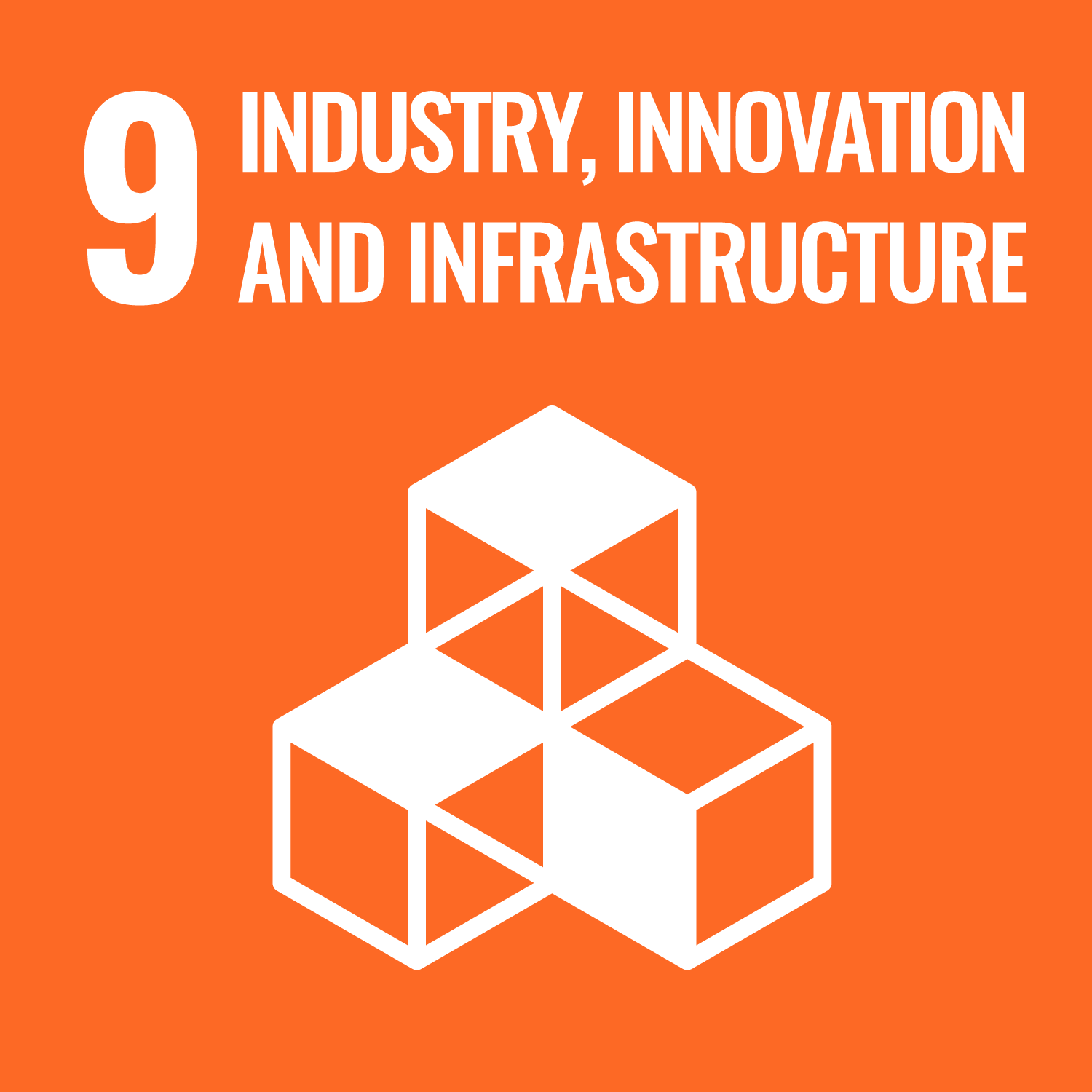
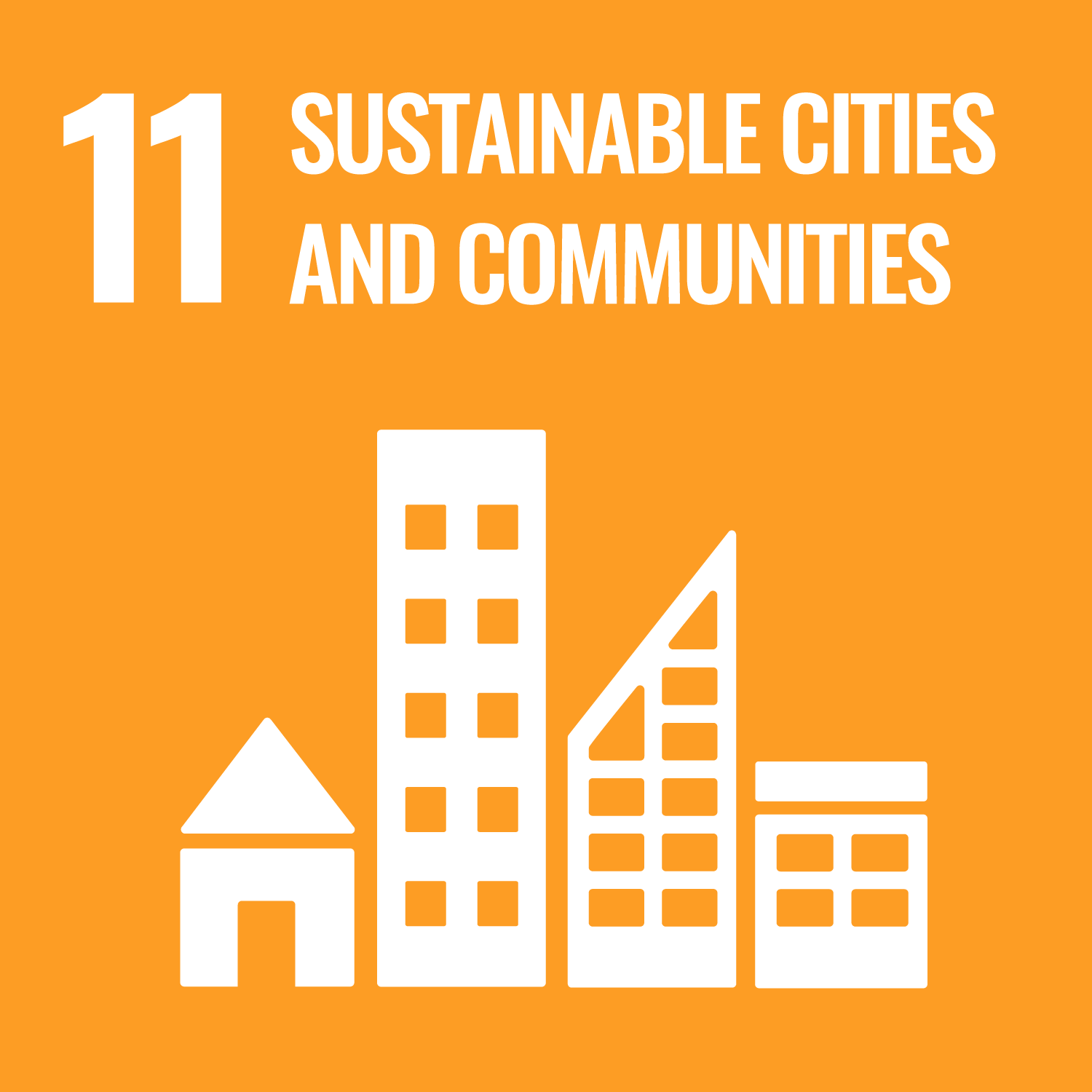
2023.12.14
This is the third in a special series of articles to commemorate the 50th Year of ASEAN-Japan Friendship and Cooperation. The series is meant to reflect on the trust and development that Japan and JICA have built with ASEAN and the future of their partnership. In this article, we will focus on the connectivity that is crucial for the development of ASEAN as a unified region, and its growth along with that of Japan. JICA staff and others traveled along the Southern Economic Corridor, a major economic artery that connects the countries of ASEAN, exploring the current state of connectivity and the challenges that must be addressed to strengthen it.
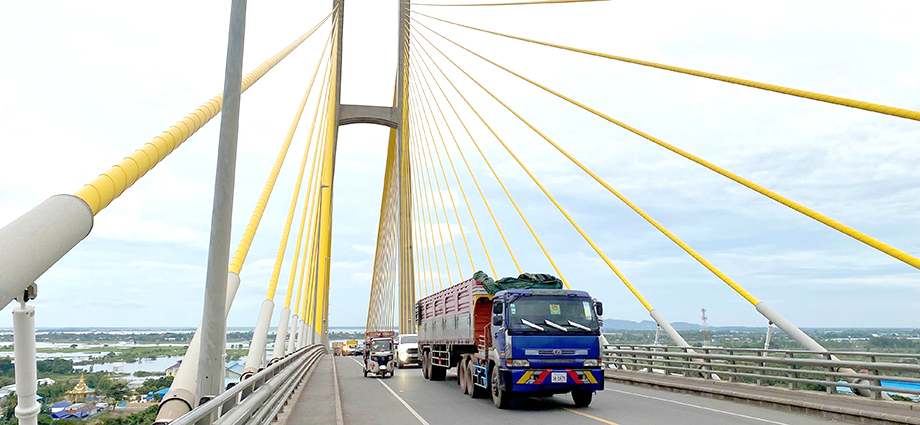
Tsubasa Bridge, along the Southern Economic Corridor.
The Southern Economic Corridor, a major transportation and logistics artery, traverses approximately 1,000 kilometers from Viet Nam to Cambodia, Thailand, and Myanmar in the southern part of the Indochina Peninsula. JICA, together with the Asian Development Bank (ADB) and the World Bank, has been cooperating for more than 20 years in the development of the roads and bridges that comprise the corridor’s infrastructure. This effort is aimed at improving connectivity within the region and facilitating the movement of people and goods across national borders.
One way to measure a region's connectivity is to look at the movement of traffic across borders via economic corridors. How is the cooperation in strengthening connectivity (which is indispensable for ASEAN's development) really functioning, and what are the future challenges? This October, JICA staff and related experts made the journey along the 900-km Southern Economic Corridor from Ho Chi Minh City, Viet Nam, through Phnom Penh, Cambodia, to Bangkok, Thailand. They visited companies and industrial parks operating along the corridor, and explored the current status and the challenges of connectivity within the ASEAN region, including road development, trade facilitation, and business development.
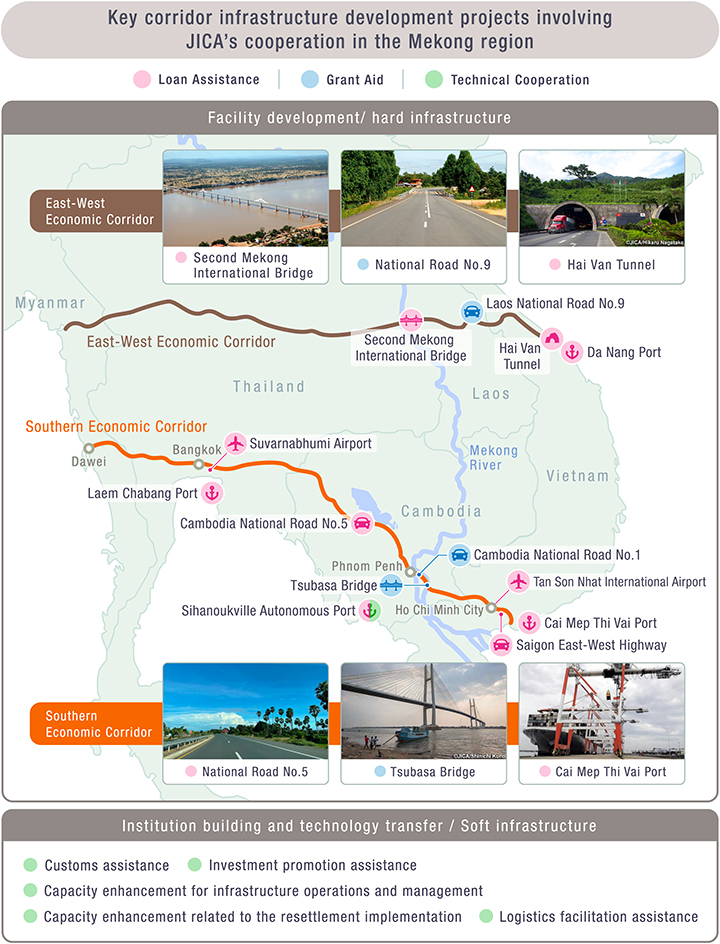
JICA primarily cooperates in the development of the Southern Economic Corridor and the East-West Economic Corridor in the Mekong region.
Koizumi Yukihiro, Deputy Director General, Infrastructure Management Department, has been involved in many infrastructure development projects. He described the current status of Cambodia’s National Route 1, which Japan has been supporting through JICA since 2000. “Along the corridor, which connects the Vietnamese border with the capital city of Phnom Penh, there were many trucks loaded with containers and international buses,” he says. “I witnessed a dramatic increase in logistics and traffic between the two countries of Viet Nam and Cambodia.”
Koizumi says that the travel time from Ho Chi Minh City to Phnom Penh has been reduced from what used to take about 12 hours in 2001 to six hours today. “The renovation of National Road No.5, which connects Phnom Penh to the Thai border (which Japan has been supporting since 2013), is almost complete*1 with two lanes on each side of the road,” he says. “Previously, the section from Phnom Penh to Battambang took about eight hours, if traveling at 30 kilometers per hour. Now, it is possible to travel smoothly at the specified speed of 90 kilometers per hour. The new road has had a significant effect on reducing the travel time.”
Koizumi says that Cambodia's Tsubasa Bridge over the Mekong River, completed with Japanese assistance in 2015, has significantly increased transport capacity, which has risen from approximately 5,000 vehicles (passenger car unit: PCU) per day by ferry, the sole means of crossing before the bridge was built, to around 15,000 vehicles (PCU) per day since the bridge's opening. The physical connectivity between the two countries has improved dramatically and the traffic between Viet Nam and Cambodia, and between Cambodia and Thailand, has increased. On the other hand, Koizumi points out that the Southern Economic Corridor as a whole, even with the three countries of Viet Nam, Cambodia, and Thailand working together to expand the flow of goods and people, is not functioning adequately. One factor contributing to this is the fact that the customs clearance procedures, including complex cross-border procedures, have not progressed as expected.
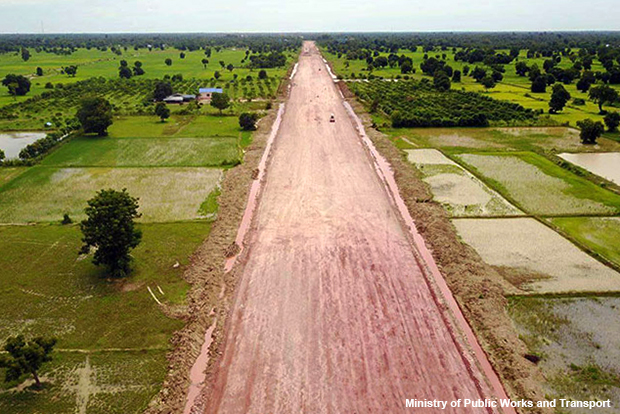
National Road No.5, which connects the Cambodian capital of Phnom Penh to the Thai border. Before development.
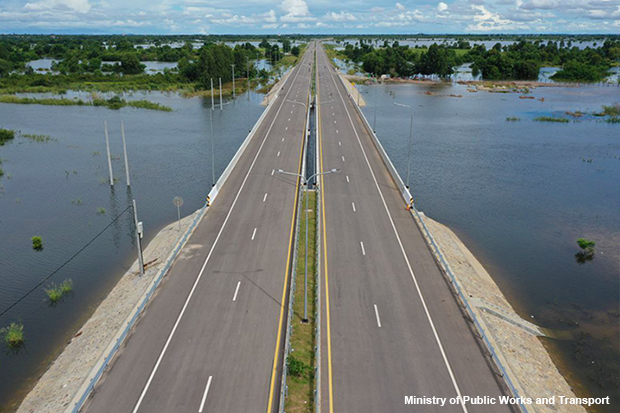
After development.
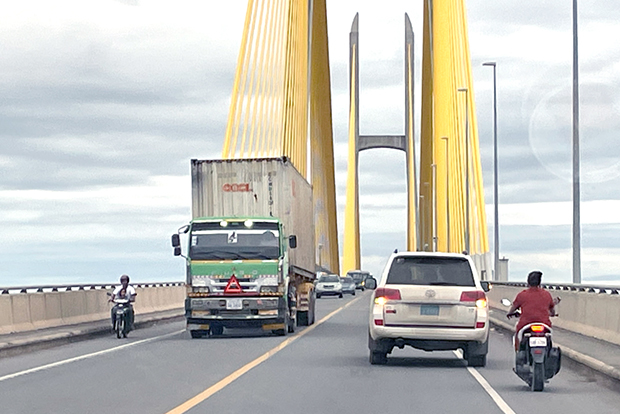
Tsubasa Bridge, completed in 2015.
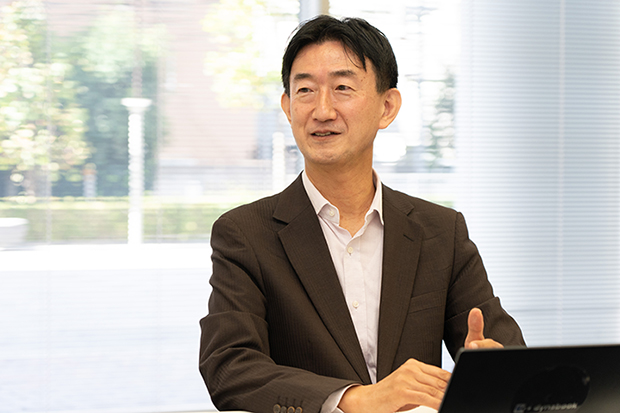
Koizumi Yukihiro, Deputy Director General, Infrastructure Management Department, talks about his experiences in Cambodia, where he was stationed for four years from 2000.
Tokuori Tomomi, Senior Advisor, Governance and Peacebuilding Department, is in charge of trade facilitation and customs. “While customs and immigration authorities in each country are becoming increasingly electronic, they also require the submission of original declaration documents,” she says. “This puts twice the burden on private companies and other users of the corridors. In addition, inter-ministerial systems are linked to a certain extent through the “Single Window,” which consolidates relevant trade procedures, but the system is only connected domestically and has not yet progressed to the point where it is linked to neighboring countries.”
Cambodia has also introduced Off-Border Clearance, meaning that customs clearance is carried out not at the border but at a Dry Port or in Special Economic Zones (SEZs) located near the border. Viet Nam handles customs clearance at the border, and while Thailand also handles customs clearance at the border, people and cargo are processed at different locations. The role and form of border crossings are, therefore, different in each of the three countries.
Tokuori points out that “Regional integration has deepened to a certain extent in Africa, and the ‘One Stop Border Post (OSBP),’ has been introduced to enable customs, immigration, and other procedures for border crossings—which used to be carried out in each country—to be carried out in a single location. Tokuori also says, “Africa is more advanced than Asia in terms of institutional connectivity, and it is important to seek a way to facilitate trade that is in line with the current situation of Asia.
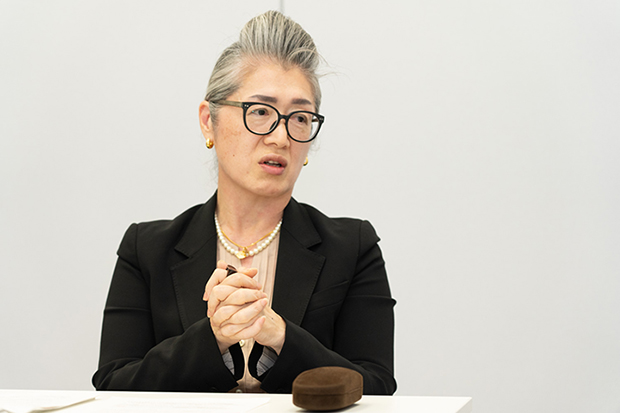
Tokuori Tomomi, Senior Advisor, Governance and Peacebuilding Department.
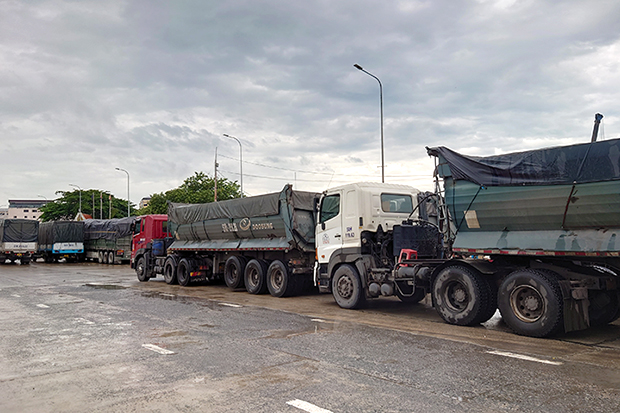
Trucks waiting at the "no man's land” between the Moc Bai border (Viet Nam) and the Bavet border (Cambodia) for the opening of the Cambodian border. The process may take several days if documents are incomplete.
Negishi Seiichi, Director, Public Governance and Financial Management Team Governance Group, Governance and Peacebuilding Department, highlights the differences in how each country perceives its borders. He says that Viet Nam and Thailand, with their growing economies, focus on the challenges of immigration and controls against smuggling. In Cambodia, on the other hand, the emphasis is on securing customs revenue. “Although the roads are connected as a corridor, their interests and diplomatic relations are intricately intertwined, and each country is looking in a different direction,” he says.
Negishi continues, “In order to strengthen connectivity in the region, it is necessary to create a mechanism in which bordering countries can come together, mutually recognize the institutional challenges in cross-border procedures—including customs clearance—and then work together to discuss and reach a consensus on ways to improve these procedures.” In supporting the corridor development in Africa, JICA is striving to harmonize procedures and processes by providing regular opportunities for border agencies to meet and deepen their understanding of each other's operations. "JICA will act as a catalyst (intermediary) and work to create positive effects for facilitating trade in the region,” Negishi says.
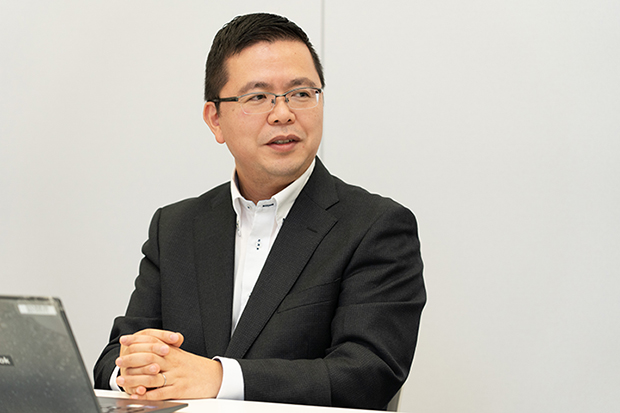
Negishi Seiichi, Director, Public Governance and Financial Management Team Governance Group, Governance and Peacebuilding Department.
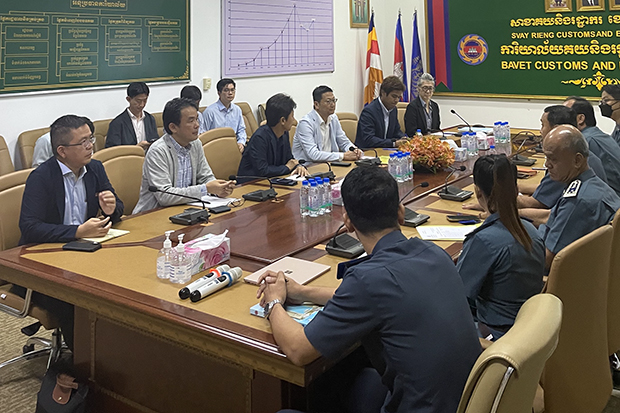
Senior Advisor Tokuori (center row, far right) and Director Negishi (far left) interview officials at Bavet Customs on the border between Viet Nam and Cambodia.
Watanabe Daisuke, Deputy Director General, Southeast Asia and Pacific Department, says that thanks to the network JICA has cultivated through long years of cooperation, there are high expectations that improving connectivity in the region will facilitate further growth. “Director General of the General Department of Customs and Excise of Cambodia, Dr. Kun Nhem, was involved in JICA's cooperation on customs risk management in the region more than 10 years ago,” says Watanabe. “When we discussed future regional cooperation with him, he remembered those days well and expressed his desire to leverage that experience to better collaborate with us in the future. Already, in the port sector, a human resources network, "Port Alumni," has been established, and participants from related projects and training programs in Asia and the Pacific have formed a forum for mutual learning.”
Watanabe mentioned that valuable insights were gained during visits to Japanese companies along the Southern Economic Corridor on this occasion, contributing to the advancement of collaboration with private enterprises. “By engaging directly with the local lifestyle and work environment through face-to-face interactions with staff members, we were able to obtain their true thoughts and opinions, which could be hardly obtained through surveys or online meetings," he says.
Watanabe, who was stationed in Viet Nam 10 years ago, spoke about how he was once again overwhelmed by the momentum and power of ASEAN growth as he traveled along the Southern Economic Corridor. “This is no longer an era in which Japan, with its economic power, provides all support,” he says. JICA is now expected to play a facilitator role in cooperation with other counterparts, including private companies, so that the strengths and characteristics of each country and economic entity in the region can be fully demonstrated.
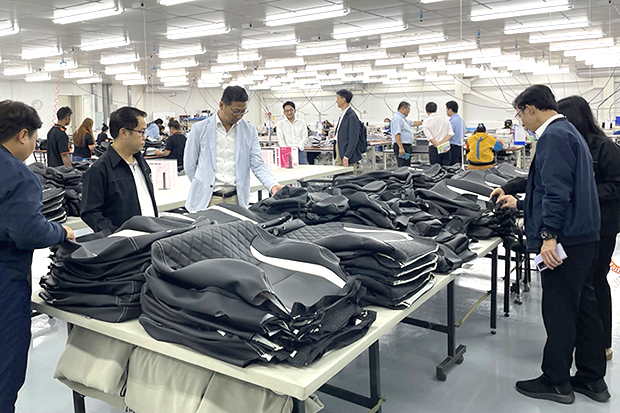
The JICA team visiting a manufacturing plant in the Sa Kaeo Special Economic Zone (SEZ) in Thailand.
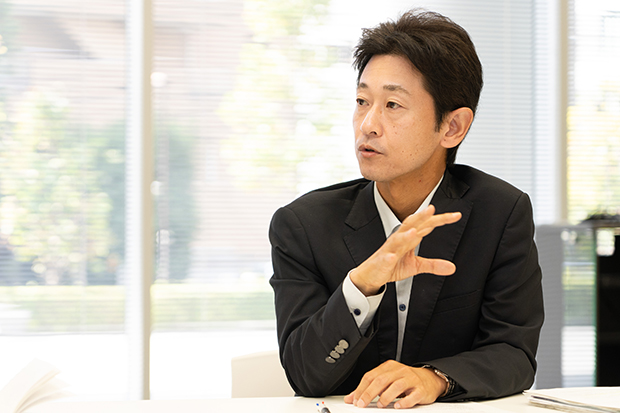
Watanabe Daisuke, Deputy Director General, Southeast Asia and Pacific Department.
Baba Takashi, Senior Deputy Director General, Southeast Asia and Pacific Department and South Asia Department, described the purpose behind the mission. “JICA has become steadily more aware of the issues the ASEAN faces as a region, where industrial concentration and the division of labor among nations are increasing,” he says. “So, this mission was launched to actually travel the corridor and survey the current situation of the region.” He explains that the group is made up by not only the country officers but also the staff in charge of infrastructure development and trade facilitation, as well as experts and local office staff within JICA. Together they were able to identify regional challenges that cut across the country from a multifaceted perspective.
“For example, we learned that, citing a lack of human resources, private companies are hesitant to enter the electrical, electronics, and automotive industries in Cambodia, which are promoted by the government for development,” says Baba. “In this case, JICA can cooperate in supporting the development of the country's industrial workforce by leveraging its connections with both the Cambodian government and the private sector, bringing about a win-win situation.” As a practitioner of development cooperation, Baba emphasizes the importance of JICA actively engaging in and undertaking proactive initiatives to solve the development issues.
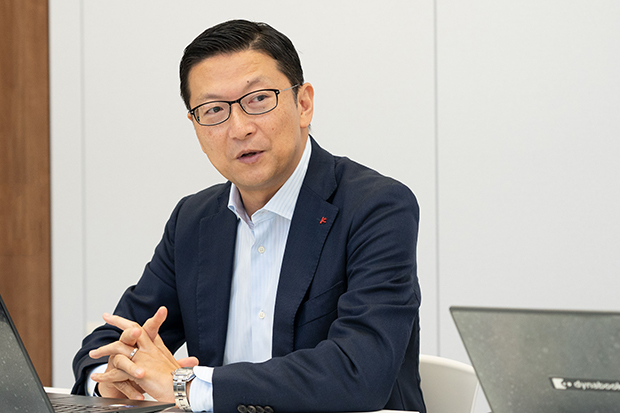
Baba Takashi, Senior Deputy Director General, Southeast Asia and Pacific Department and South Asia Department.
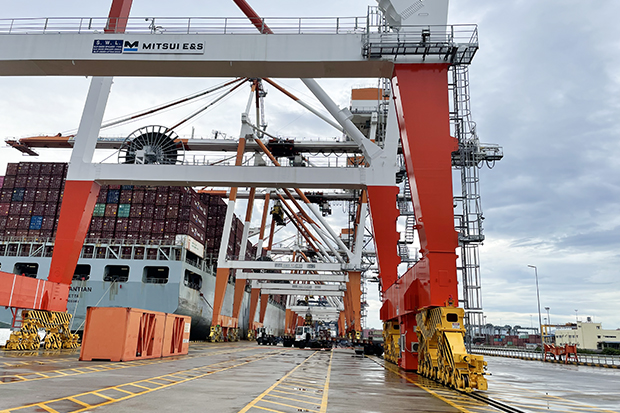
A large container ship was docked at Viet Nam’s Cai Mep Thi Vai Port, developed 10 years ago with Japanese assistance. Senior Deputy Director General Baba says, “We sensed the momentum of Viet Nam's growth, as the country has changed its appearance and become more energetic than ever.”
“This mission was significant in that it looked at countries, regions, and sectors from a cross-sectional and multidisciplinary perspective,” says Baba. He says that while JICA has often addressed challenges and worked towards solutions on a country or sector-specific basis, JICA can create more value through its proactive cooperation by engaging in coordination, mediation, and collaboration across multiple countries and sectors.
On the occasion of the 50th year of ASEAN-Japan Friendship and Cooperation, the current situation and challenges that have become apparent through this mission’s experience will serve as a foundation for future collaboration over the next 10 or 20 years. JICA sees a future in which ASEAN and Japan will grow together as partners.
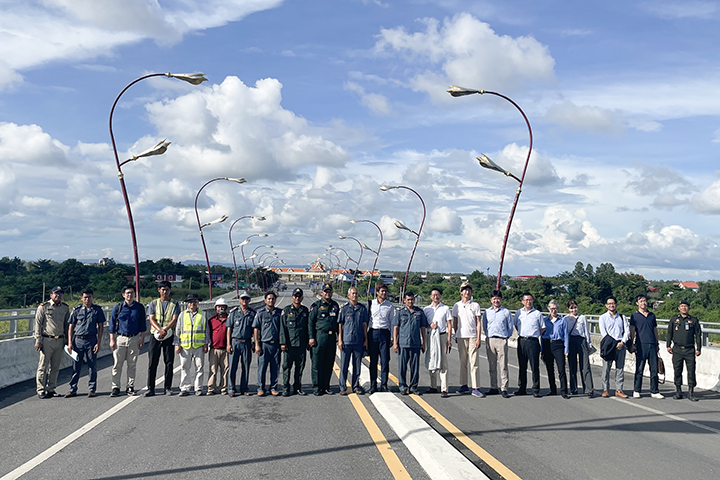
The ten JICA staff and experts who participated in this mission pose with border officials at the new Stung Bot border between Cambodia and Thailand. The participation of a wide range of age groups and departments helped to strengthen human connectivity both within JICA and with outside entities.
scroll